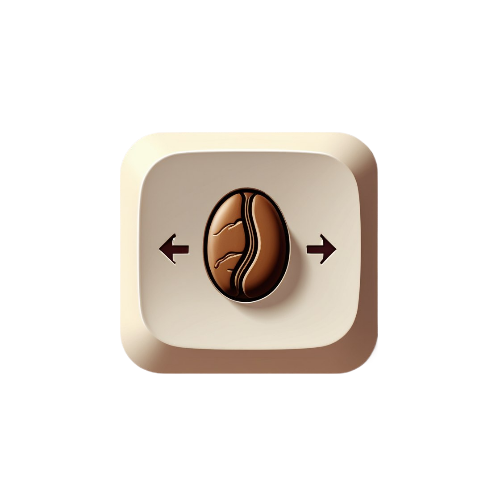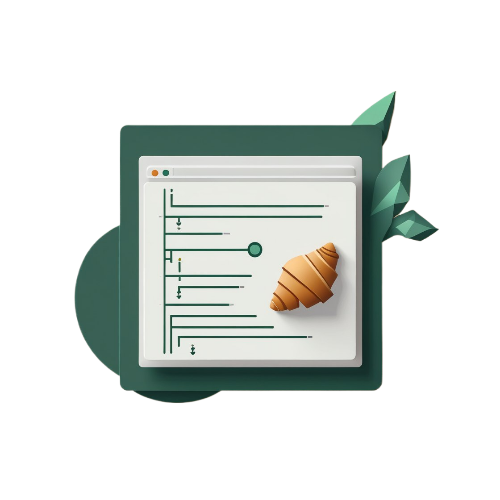
Those who shape the lessons
Developers, lesson authors, and Liutican mentors

Daniel Reed
Software Engineer (C#)
Implements application features in C#, optimizes execution, and organizes project structure.

Maya Thompson
Backend Developer (C#)
Works on server-side logic in C#, organizes modules, and keeps code readable.

Marcus Hale
Data Engineer
Sets up data processing and builds reliable pipelines for analytical tasks.
Liutican
Essential

What’s helpful inside
-

Clear logic
Topics follow a natural
order with
brief self-check
pointers. -

Practical tasks
Each section includes
tasks that show how
ideas are applied in
code. -

Code style
Focus on naming,
structure, and
comments keeps code
readable. -

Error handling
You learn to spot
issues early and
design helpful
checks.
Questions & answers
What exactly do we cover in C#?
We cover syntax, data types, flow control, functions and classes, encapsulation and inheritance, working with collections, exception handling, file read/write, asynchrony basics via tasks, and key testing approaches. We also emphasize code style: naming, modular breakdown, comments, readability.
Do you cover asynchrony and testing?
Yes—at a practical level. We examine task execution patterns, awaiting results, typical synchronization pitfalls, and ways to avoid them. For testing, we focus on writing checks, structuring cases, and handling edge scenarios.
How do I get help if I’m stuck?
Send an email describing the issue: what you tried, what happened, any error text, and the last step taken. Include a minimal code snippet that reproduces the problem. We’ll reply with guidance and point to the next checks. This approach speeds up troubleshooting and keeps focus on the core cause.
Can I study at my own pace and revisit topics later?
Yes. You can work through sections in the order that suits you and come back whenever you need a refresher. Keep notes—brief bullet points, example references, and open questions. This makes navigation easier and speeds up recall after breaks.













